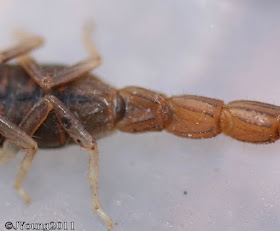TIGER MOTH OVER DUNVILLE
In the 1920's, the de Havilland Aircraft Works developed a line of light aircraft, intended to be affordable and easy to fly for the average man. They were called Moths, in recognition of Geoffrey de Havilland's renown as a lepidopterist. The first model, introduced in 1925 became the D.H. 60 Cirrus Moth. It was a simple yet strong spruce and plywood box section design, powered by a four cylinder 60 horsepower engine.


For 15 years this became the foremost primary trainer throughout the commonwealth and elsewhere. It was the dominant type used in the British Commonwealth Air Training Plan and thousands of military pilots got their first taste of flight in this robust little machine.
Altogether, over 9000 of these aircraft were made, 1,784 D.H.82C's being built by De Havilland Canada under license. The Canadian models featured a tail wheel, a stronger undercarriage with wheels set farther forward and a sliding canopy for protection from the elements.
After the war they were universally and inexpensively available for flying clubs and individuals. Numerous examples are still flying today and they will always be fondly remembered for providing flying in its purest form for so many.
SPECIFICATIONS for the DE HAVILLAND D.H.82a TIGER MOTH:
TYPE: Two seat, single bay biplane
POWERPLANT: either a 145 hp GYPSY MAJOR four cylinder inverted air-cooled or a 160 hp Menasco Pirate.
PERFORMANCE: Maximum Speed:105 mph at sea level; Rate of Climb: 635 feet per minute; Take-off Weight: 1, 825 lbs; Range: 300 miles
DIMENSIONS: Length: 23', 11"; Span: 29', 4"; Height: 8' 91/2"




















































